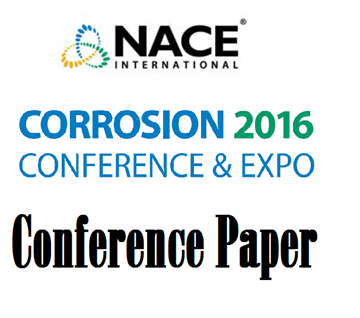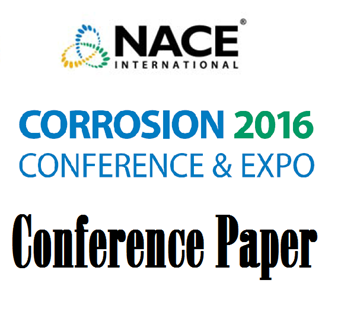Search
51316-7036-Abrasion-Corrosion Resistance of Stainless and Wear Resistant Steels for Oil Sands Applications
Also Purchased
51316-6982-Corrosion Management Of Assets Constructed In Super Duplex Stainless Steels (SDSS)
Product Number:
51316-6982-SG
ISBN:
6982 2016 CP
Publication Date:
2016
$20.00
51316-6981-HISCC Resistance and Improvement Methods For Duplex and Super Duplex Stainless Steels
Product Number:
51316-6981-SG
ISBN:
6981 2016 CP
Publication Date:
2016
$20.00
51316-6970-Development Of Spray-Applied Pipeline Erosion-Protective Epoxy Linings
Product Number:
51316-6970-SG
ISBN:
6970 2016 CP
Publication Date:
2016
$20.00




